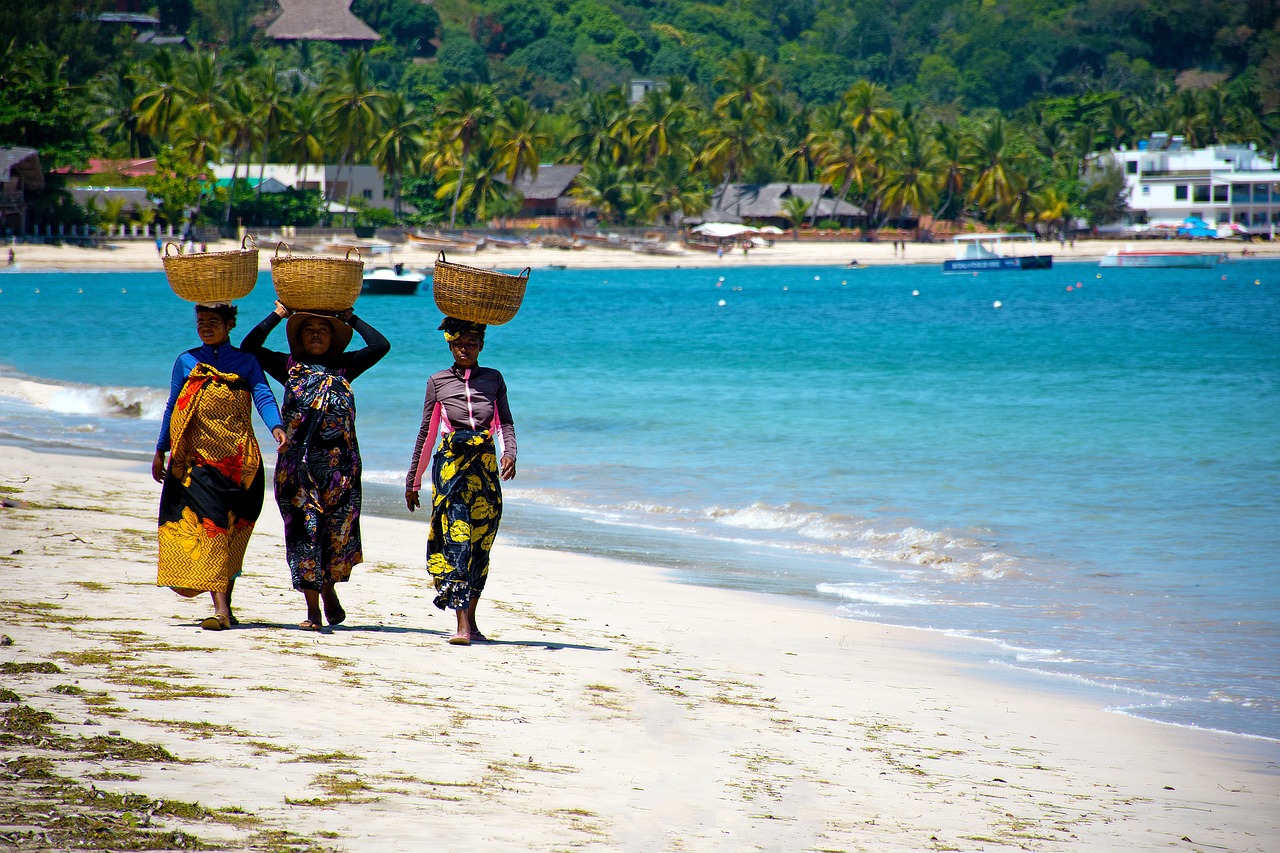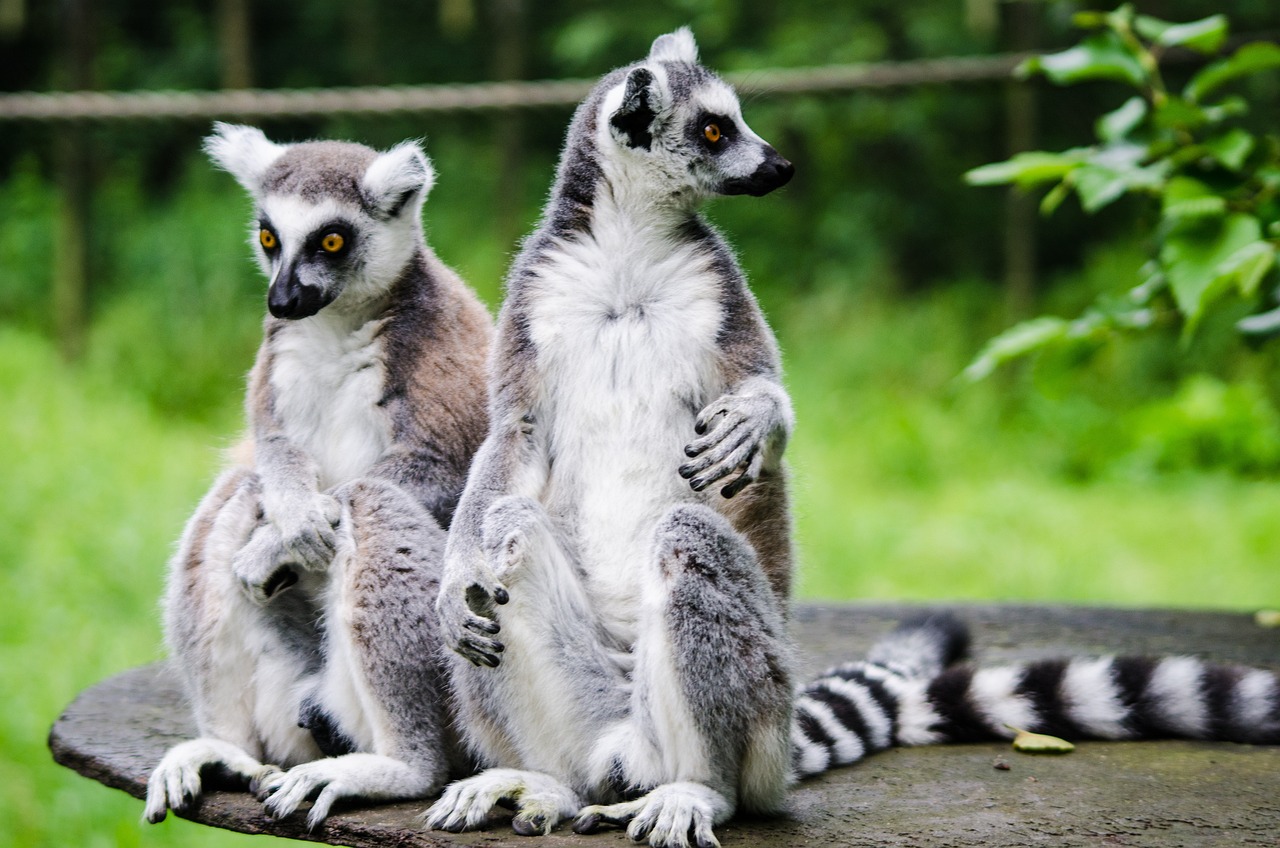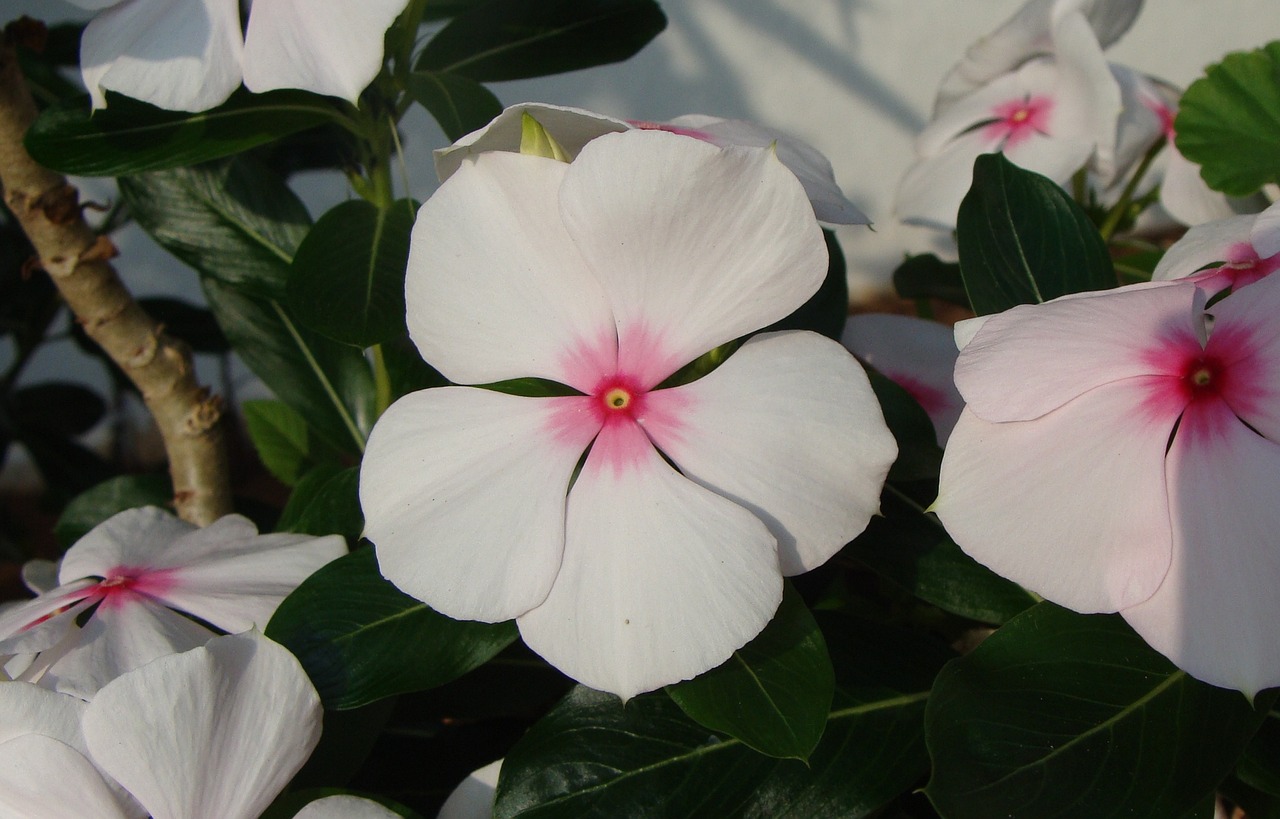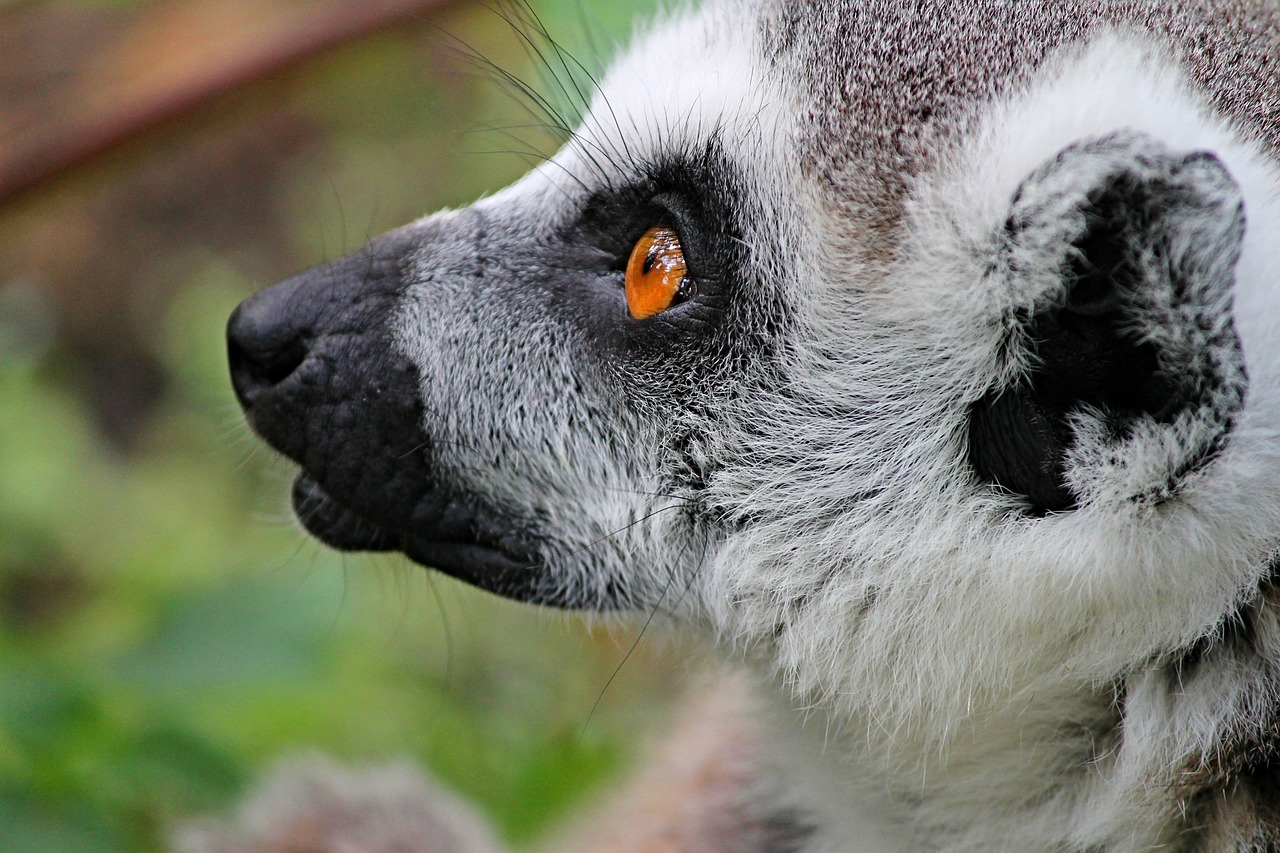Madagascar Video
Local Celebrations and Holidays: What to Expect in Madagascar
Madagascar, the fourth-largest island in the world, is known for its vibrant culture and diverse traditions. The country celebrates various local celebrations and holidays throughout the year. These festivities offer a unique opportunity for visitors to immerse themselves in the rich Malagasy heritage. From colorful parades to traditional music and dance performances, Madagascar’s celebrations are a feast for the senses. In this article, we will explore some of the most prominent local celebrations and holidays in Madagascar, providing you with an insight into what to expect when visiting this fascinating country.
Independence Day
Independence Day is one of the most significant holidays in Madagascar, celebrated annually on June 26th. This day marks the country’s independence from French colonial rule, which was achieved in 1960. The celebrations typically include a grand parade in the capital city of Antananarivo, showcasing the country’s cultural diversity. Expect to see traditional costumes, vibrant music performances, and impressive displays of Malagasy craftsmanship. The streets come alive with dancing, singing, and joyful festivities as the Malagasy people commemorate their freedom.
- Parade: The Independence Day parade is a highlight of the celebrations, featuring various groups representing different regions of Madagascar. Each group showcases their unique cultural traditions, including traditional attire, music, and dance.
- Fireworks: As the day comes to a close, magnificent fireworks light up the sky, creating a dazzling spectacle for both locals and visitors.
- Food and Drinks: Traditional Malagasy cuisine takes center stage during Independence Day celebrations. Visitors can indulge in local delicacies such as romazava (a meat and vegetable stew) and ravitoto (pork with cassava leaves).
New Year’s Day
New Year’s Day is celebrated with great enthusiasm throughout Madagascar, marking the beginning of a new year and symbolizing hope and renewal. The festivities are a blend of traditional customs and modern influences, creating a unique celebration.
- Family Gatherings: Malagasy people consider New Year’s Day as a time for family reunions. Families come together to share a festive meal and exchange gifts.
- Fireworks and Parties: Many cities and towns organize fireworks displays, and the streets are filled with lively parties and music performances.
- Religious Observances: Some Malagasy people attend church services on New Year’s Day to offer prayers and seek blessings for the upcoming year.
Famadihana
Famadihana, also known as the “Turning of the Bones,” is a unique funerary tradition celebrated by the Malagasy people. This custom is rooted in the belief that the spirits of the deceased can bring good fortune and blessings to the living. Famadihana is a time for families to honor their ancestors and reconnect with their heritage.
- Rituals and Ceremonies: During Famadihana, the remains of ancestors are exhumed from their tombs, wrapped in fresh silk shrouds, and carried in a procession. The tombs are opened, and the remains are repositioned while family members dance and sing.
- Feasting and Celebrations: After the rituals, families gather for a festive meal, accompanied by traditional music and dance performances. It is a time of joy and remembrance, as stories about the ancestors are shared among generations.
- Cultural Significance: Famadihana is seen as a way to strengthen family bonds and maintain a connection with ancestors. It is believed that by honoring the deceased, their spirits will continue to protect and guide the living.
Madagascar Image 1:

Malagasy New Year
The Malagasy New Year, known as Alahamady Be, is a traditional celebration that takes place in late January or early February. It is based on the lunar calendar and coincides with the Chinese New Year.
- Offerings and Rituals: Families gather at ancestral tombs to make offerings of food, zebu (a type of cattle), and other items. Prayers are offered for blessings and protection in the coming year.
- Traditional Games: The Malagasy New Year is also a time for traditional games and sports competitions. Locals participate in activities such as wrestling, running races, and tug-of-war.
- Music and Dance: Festivities are accompanied by lively music and dance performances. Traditional instruments like the valiha (a bamboo tube zither) and the kabosy (a small guitar-like instrument) create a festive atmosphere.
Eid al-Fitr
Eid al-Fitr, also known as the “Festival of Breaking the Fast,” is an important religious holiday celebrated by the Muslim community in Madagascar. It marks the end of Ramadan, a month of fasting and prayer.
- Prayers and Mosque Visits: On Eid al-Fitr, Muslims gather for special prayers at mosques across the country. The prayers are followed by sermons and communal meals.
- Feasting and Hospitality: Families and friends come together to share festive meals, exchanging traditional dishes and sweets. It is a time of generosity and hospitality, with people reaching out to the less fortunate.
- Traditional Attire: Malagasy Muslims dress in their finest traditional attire, with women wearing colorful lambas (wraps) and men donning elegant Boubou robes.
Madagascar Image 2:

Malagasy National Day
Malagasy National Day, also known as Republic Day, is celebrated on December 29th to commemorate the establishment of the Second Republic of Madagascar in 1975. The day is marked by various cultural events and festivities.
- Flag-raising Ceremony: The celebrations begin with a solemn flag-raising ceremony, symbolizing the unity and independence of the Malagasy people.
- Music and Dance Performances: Cultural groups from different regions of Madagascar showcase their traditional music and dance performances. The vibrant rhythms and colorful costumes captivate audiences.
- Craft Exhibitions: Local artisans display their craftsmanship, offering visitors the opportunity to purchase unique Malagasy handicrafts and souvenirs.
Antsampanana
Antsampanana is a traditional Malagasy marriage ceremony that celebrates the union of two individuals. It is a joyous occasion filled with rituals, music, and dance.
- Preparation and Negotiations: Before the wedding, families of the bride and groom engage in negotiations and exchanges of gifts. This process signifies the union of two families.
- Traditional Attire: The bride and groom dress in traditional Malagasy wedding attire, which often includes vibrant colors and intricate designs.
- Rituals and Ceremonies: The wedding ceremony involves various rituals, including the sharing of a ceremonial drink called “ranon’ampango” and the exchange of vows and rings.
Madagascar Image 3:

References
– Independence Day: madagascar-tourisme.com
– New Year’s Day: madagascar-tourisme.com
– Famadihana: madagascar-tourisme.com
– Malagasy New Year: madagascar-tourisme.com
– Eid al-Fitr: madagascar-tourisme.com
– Malagasy National Day: madagascar-tourisme.com
– Antsampanana: madagascar-tourisme.com


